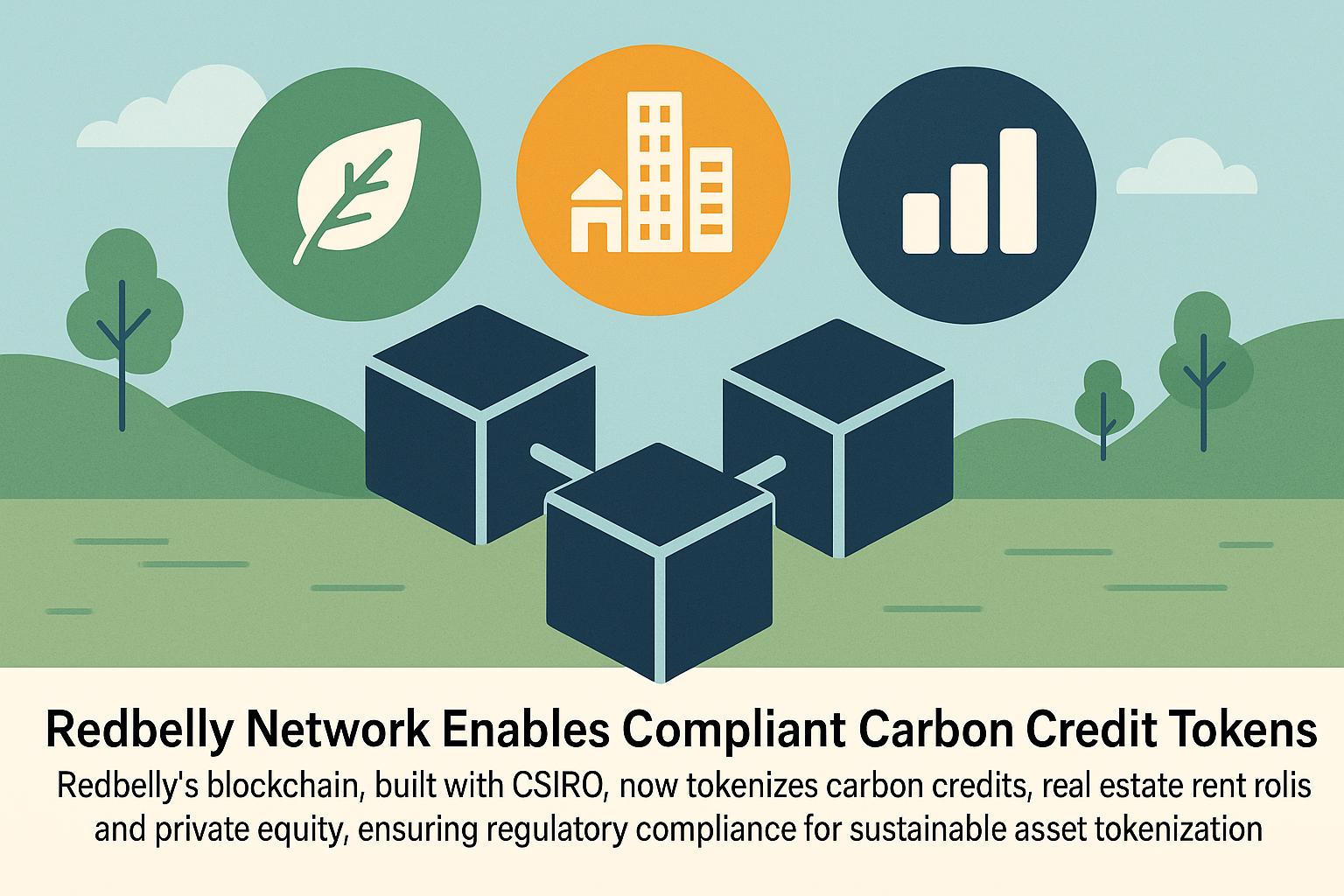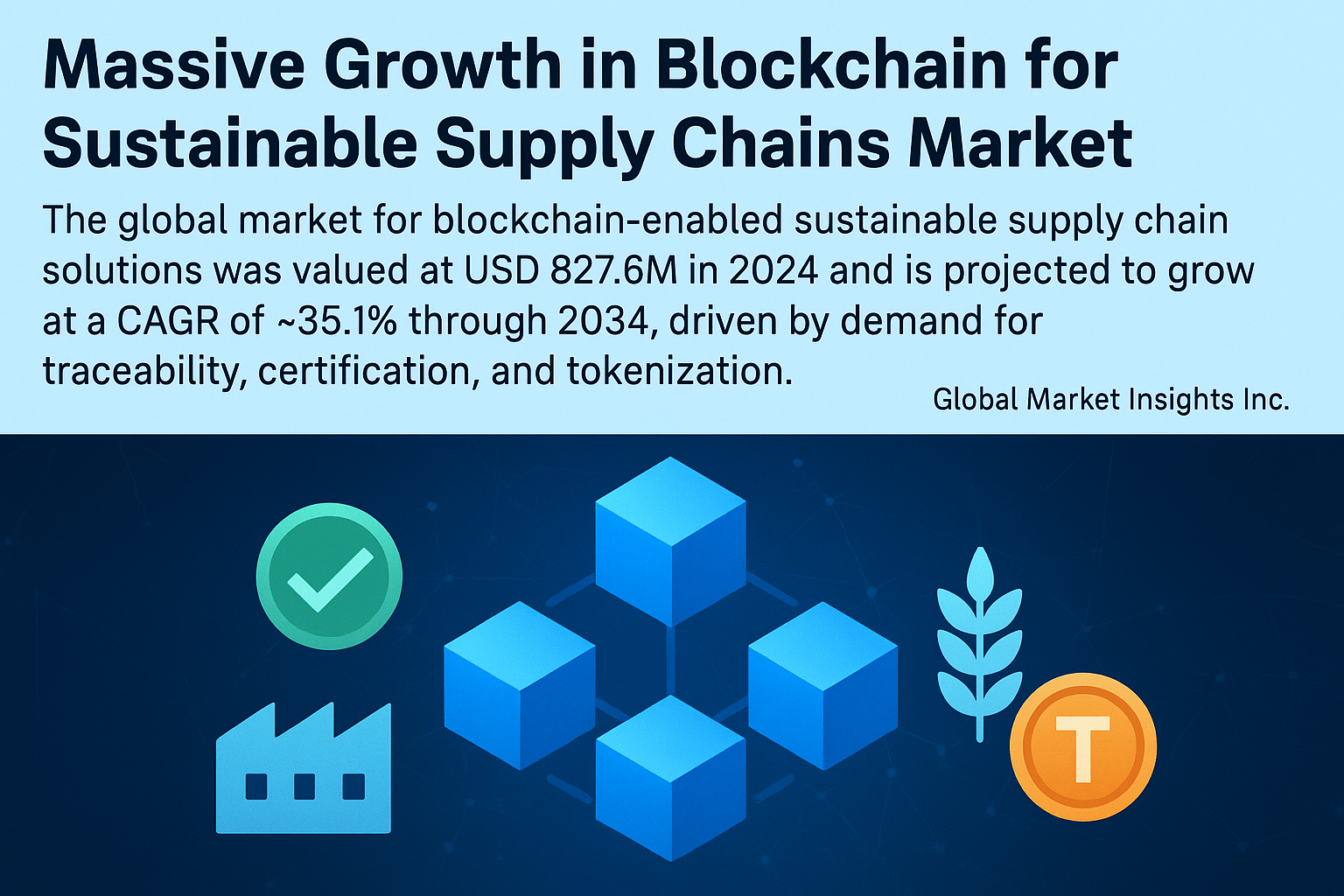In the ever-evolving landscape of sustainable finance and blockchain innovation, Redbelly Network has emerged as a major technological force. Developed in collaboration with Australia’s national science agency, CSIRO, Redbelly’s blockchain infrastructure now supports the tokenization of carbon credits, real estate rent rolls, and private equity assets—ushering in a new era of compliant, traceable, and scalable green finance.
A New Standard for Sustainable Tokenization
Carbon credits, once traded primarily through traditional registries and paper-based systems, are being reimagined through Redbelly’s blockchain. Tokenization—converting these credits into digital assets—enables better transparency, traceability, and liquidity. But unlike many Web3 projects, Redbelly places regulatory compliance at the core of its infrastructure.
By embedding enforceable compliance rules directly into smart contracts and using deterministic consensus (which removes the probabilistic uncertainty common in other chains like Bitcoin and Ethereum), Redbelly achieves high-throughput, low-latency, and auditable operations that are tailor-made for enterprises and governments.
More Than Carbon: Tokenizing Real Assets
While carbon credits are a headline use case, Redbelly’s capabilities extend further. Real estate rent rolls, often seen as dull, spreadsheet-heavy elements of commercial real estate, are being converted into on-chain assets—allowing fractional ownership, seamless transfer, and faster auditability. Private equity investments, notoriously illiquid and opaque, are also being restructured for tokenized ownership without compromising on privacy or compliance.
These use cases point to a broader shift: blockchain is moving beyond DeFi and NFTs into the real world, supporting infrastructure, climate solutions, and legacy industries with real-world impact.
Compliance Is the Feature
In an industry plagued by regulatory scrutiny and rug pulls, Redbelly’s approach flips the script: compliance is not a limitation—it’s the key feature. Governments and corporations can confidently explore asset digitization without risking legal fallout or introducing systemic risk.
By aligning its architecture with the expectations of regulators and industry standards, Redbelly is positioning itself as the infrastructure layer of choice for institutional-grade tokenization—especially in sectors where sustainability, traceability, and auditability matter most.
Why It Matters
The global voluntary carbon market is projected to reach $50 billion by 2030, and tokenization could unlock even faster growth. However, that growth is contingent on trust, interoperability, and compliance. Redbelly provides the backbone for this evolution.
As ESG goals become non-negotiable and asset managers demand more agile and transparent tools, Redbelly’s compliant blockchain could be the quiet revolution powering the next generation of green finance.




